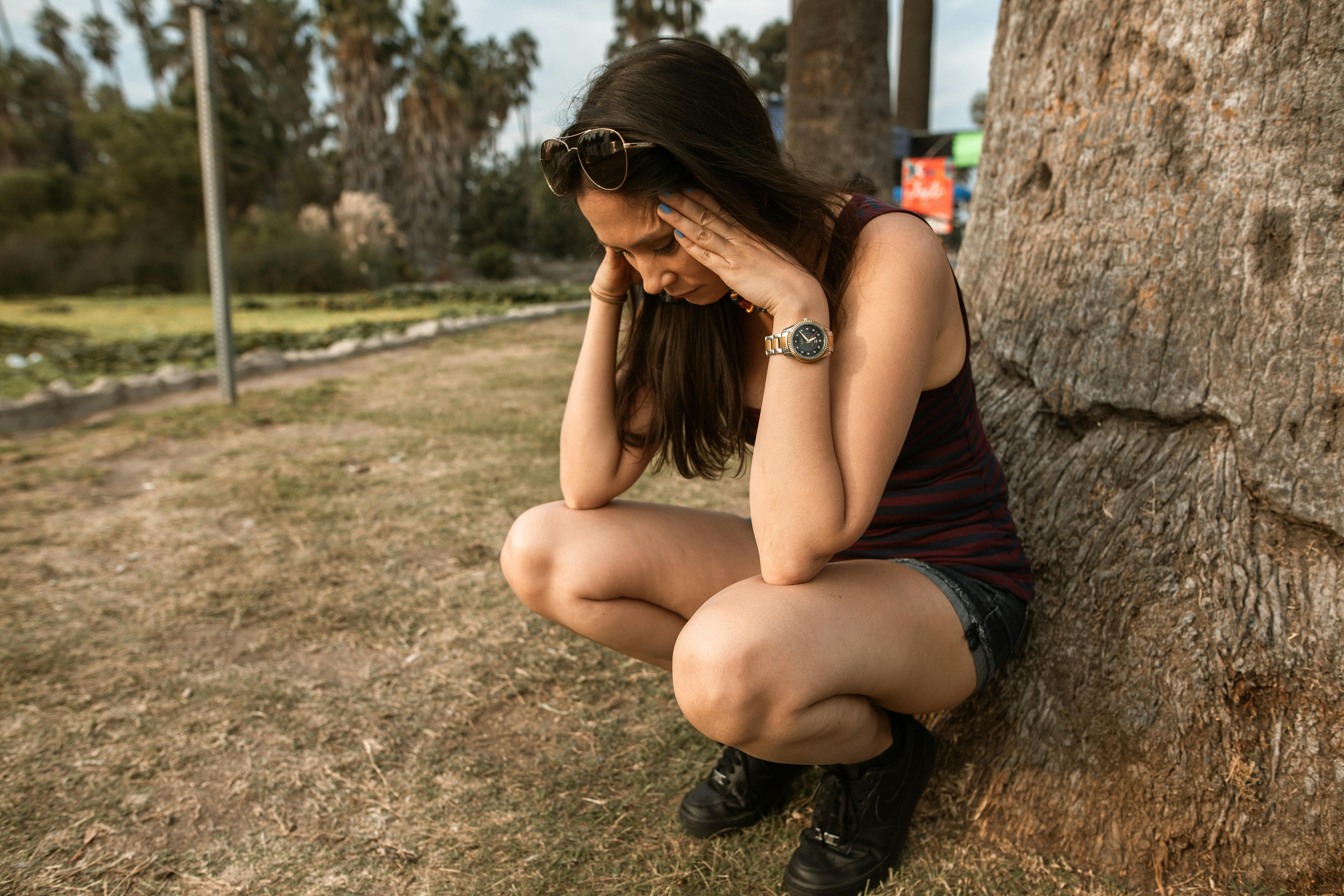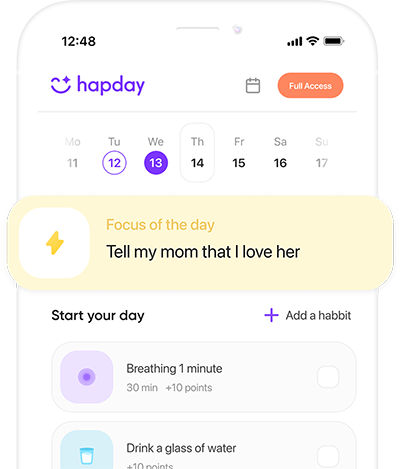Social anxiety. Wow. It’s that profoundly unsettling feeling—not just your garden-variety shyness. It grips hard, turning simple chats into monstrous hurdles. The Anxiety and Depression Association of America (ADAA) tells us that about 15 million adults in the U.S. wrestle with this beast, usually starting their fight around age 13. For Gen Z and Millennials, trying to look just right both online and offline doesn’t help. But here’s a bit of hope: mindful techniques offer some real-world ammo against this anxiety, helping folks find their footing in tough social scenes.
Table of Contents
- Understanding Social Anxiety
- The Role of Mindfulness
- Mindful Breathing Techniques
- Grounding Exercises
- Visualization Techniques
- Mindful Observance
- Progressive Muscle Relaxation
- Creating a Mindfulness Routine
- Seeking Professional Help
- Embracing Self-Compassion
- Conclusion
Understanding Social Anxiety
Ever heard of SAD? That’s Social Anxiety Disorder to the academically inclined. It’s this gnawing fear of getting judged or, worse, misjudged when you’re around people. This dread can sideline careers and friendships, cutting into lives in unseen ways. Turns out, according to the National Institute of Mental Health (NIMH), women feel this more than men. For many young women, nabbing a way to handle this is pretty darn crucial.
The Role of Mindfulness
And then there’s mindfulness—this mental state that nudges you to simply be here, now. In the journal Behaviour Research and Therapy, they discovered mindfulness-based hacks that surprisingly chopped down social anxiety symptoms. It’s all about adopting this non-judgmental lens, helping folks glimpse their jittery thoughts without letting them take the wheel. Who would’ve thought, right?
Mindful Breathing Techniques
Okay, here’s a little secret: breathing exercises are the backbone of mindfulness. And they’re shockingly handy for social anxiety. Take the “4-7-8” technique. Breathe in for 4 seconds, hold for 7, and let out a sigh for 8. It kick-starts your parasympathetic system and everything just… relaxes. Psychology Today says that controlled breathing dials down anxiety, calming those frantic nerves.
Grounding Exercises
These grounding exercises are like mental anchors. They keep you from drifting into anxiety’s stormy seas. There’s this nifty “5-4-3-2-1” technique: notice five things you see, four you touch, three you hear, two you smell, and one you taste. It’s almost like a “reset” button, yanking you back to the now and easing that frazzled mind.
Visualization Techniques
Turn on the mind’s eye. Visualize yourself in a social setup—breezy, not worrying. Seems too easy? But a study by the Journal of Anxiety, Stress, & Coping shows this coaxes anxiety to loosen its grip, boosting performance when it truly counts. For those battling social nerves, it’s invaluable. Who knew imagination could be such a powerhouse?
Mindful Observance
Enter mindful observance—watching your thoughts like they’d wander off with your wallet. It helps spot thinking traps like catastrophizing. Watch for those, they’re sneaky! Recognize ’em and—bam!—start shifting them. Mix this with cognitive-behavioral therapy (CBT) and you’ve got a potent combo, according to Journal of Clinical Psychiatry. It really digs at those pesky cognitive twists and turns.
Progressive Muscle Relaxation
Tense, squeeze, and… breathe. Progressive Muscle Relaxation (PMR) is about toggling your muscles on and off. A personal favorite when anxiety creeps up my spine. Research in the Journal of Anxiety Disorders shows PMR trims anxiety and slips smoothly into your daily to-do roster.
Creating a Mindfulness Routine
But if you want to feel real change, consistency’s your buddy. Mindfulness deserves a slot in your daily routine—perhaps as vital as your morning coffee? Whether it’s guided meditations, yoga’s flow, or a mindful walkabout, these practices can sprinkle some peace and well-being all over your day.
Seeking Professional Help
Heads up—mindful techniques are brilliant and all, but the pros really sharpen them. Therapy supercharges these methods. The American Psychological Association highlights that melding mindfulness with, say, cognitive therapy can boost outcomes for social anxiety warriors. So never hesitate to get a bit of help—it’s there, waiting.
Embracing Self-Compassion
Imagine your best friend dealing with social anxiety. Would you judge them harshly? Of course not! So, turn that kindness inward. Self-compassion is key here. The Journal of Anxiety, Stress & Coping notes that self-compassion can diminish anxiety and skyrocket resilience. Treading gently with yourself fosters a more positive self-narrative.
Conclusion
The road through social anxiety isn’t always smooth, but these mindful techniques can ease the bumps. As you weave mindfulness into everyday life, tackling social settings becomes less daunting. And hey, you aren’t flying solo—support’s always around the corner to help you soar.
Curious? Ready to embrace mindfulness in your life? Check out the Hapday app for personalized mindfulness endeavours and make that change today. Click here to get started!

